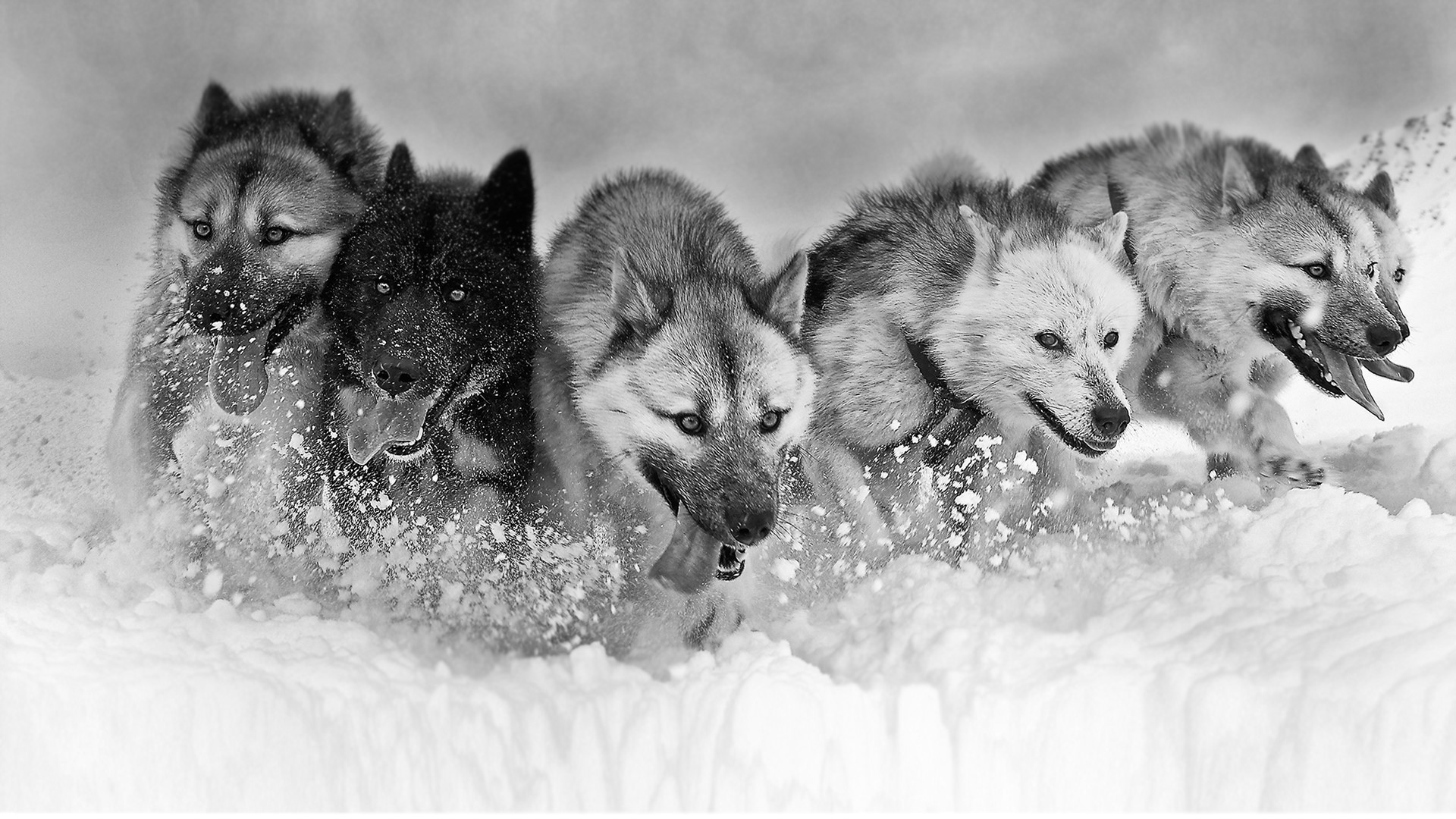Researchers pull together to grasp a fuller picture of the Greenland sled dog
The Qimmeq Project is an interdisciplinary effort to better understand and preserve Greenland's distinctive sled dogs.

For more than 10,000 years, dogs have been an integral part of Arctic culture. They have guided sleds across frozen seas, barked warnings of polar bears and sniffed out seal breathing holes.
“Having sled dogs is a big part of our history and identity. It is one of the main reasons that we as a culture are still alive, that we still live in the Arctic,” said Manumina Lund Jensen, a Ph.D. student at the University of Greenland, who presented her project at the Arctic Circle Assembly in Reykjavik, Iceland in October.
Despite their dominant role in the culture, sled dogs have been in decline in Greenland for the past century. Their numbers have dwindled as traditional hunting tailed off, motorized vehicles gained traction, fatal diseases took root, and elders, who had deep knowledge about breeding and training sled dogs, passed on.
“Climate change has had a really big impact on how we use our dogs and if we have dogs at all,” said Jensen. “If we don’t have sea ice you cannot go dog sledding and you cannot hunt for food.” Jensen’s research focuses on understanding the importance of the dog and dogsled culture.
Greenland’s sled dogs and their cultural heritage are at risk of extinction. The number of dogs has declined from 25,000 in 2002 to fewer than 15,000 in 2016.
Jensen is part of an interdisciplinary research team working on the Qimmeq Project, the “sled dog” project. These anthropologists, archaeologists, geneticists, biologists and veterinarians are studying the health, genetics and cultural and historical significance of the Greenland sled dog, in an effort to understand its history, use and significance.
Morten Meldgaard, a professor at the University of Greenland and the Natural History Museum of Denmark, who is leading the project, says that recent research on pre-contact dogs in the Americas highlights the risk that the Greenland sled dog could die out.
Dogs arrived in the Americas from Siberia and spread throughout the continents alongside people, according to a recent study. When the Europeans arrived, they brought their own dogs, and native American dogs virtually disappeared. Almost no trace of their legacy remains in modern American dogs. “It puts into perspective what we’re dealing with in the Arctic,” said Meldgaard, who also presented in Reykjavik.
After the project launched, Meldgaard and his colleagues realized sled dog health needed a more prominent role in the project. “We’re identifying the science questions with the people who are going to use the knowledge we create,” he said. Access to vaccines that protect against highly contagious diseases, including canine distemper and parvovirus, and veterinary care is limited in many parts of Greenland.
“People say that if the sled dog disappears, part of their soul and identify disappears,” said Meldgaard. “It is of great importance to be able to keep the animal — and the culture — alive.”